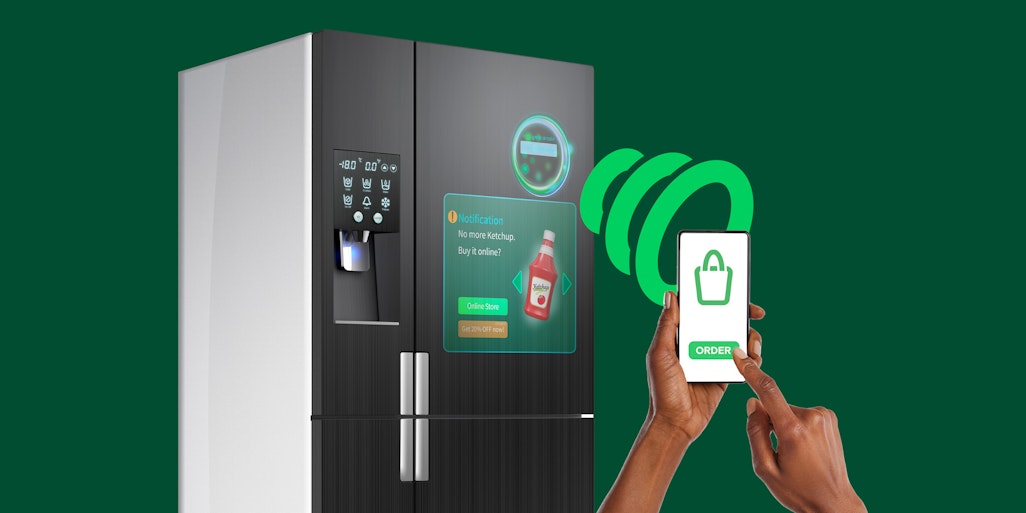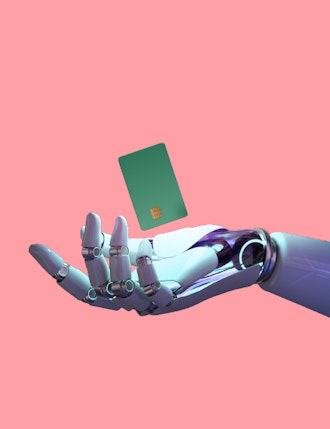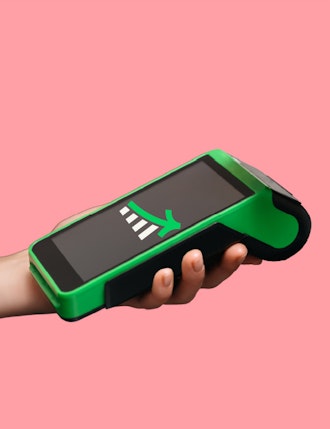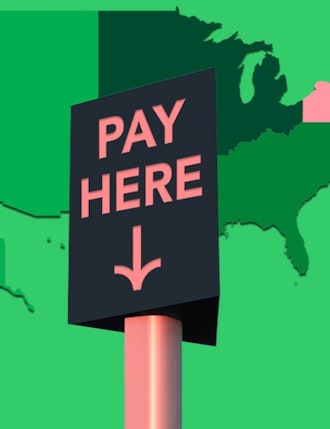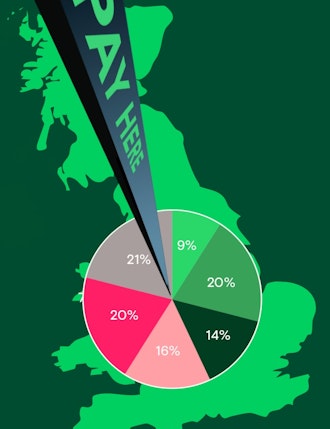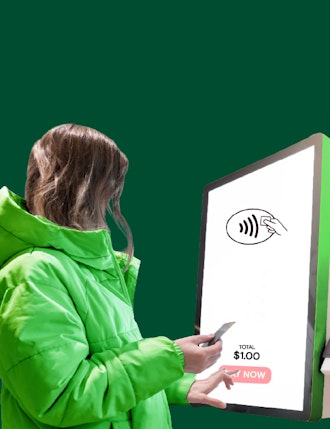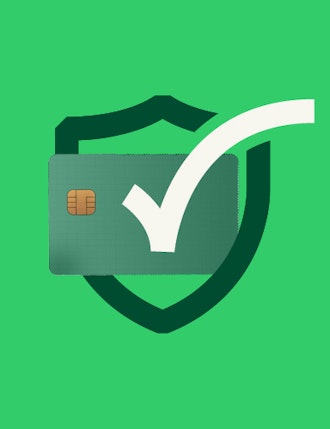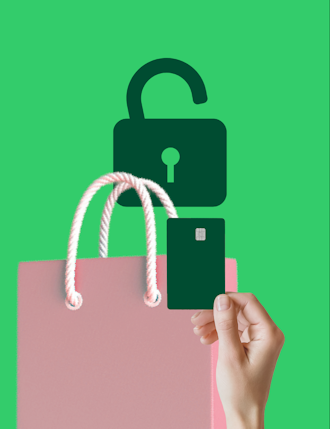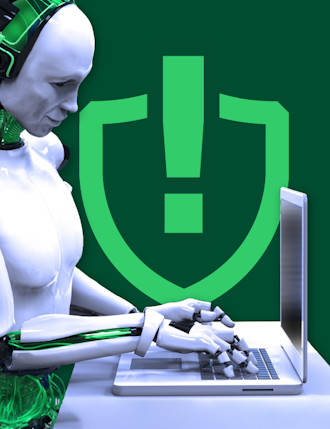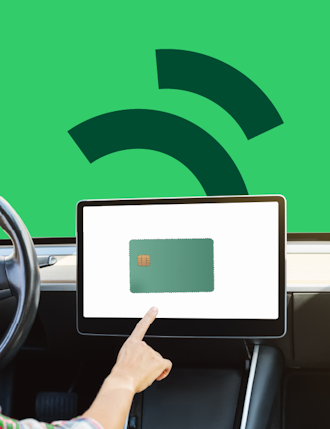Key Insights
-
Internet of Things (IoT)-enabled payments drive personalisation and efficiency, transforming the customer experience.
-
Seamless integrations reduce friction and offer greater control for merchants and consumers alike.
-
IoT is expected to generate significant revenue growth, impacting sectors from retail to transportation.
Don't have time to read more now? Sign up to our newsletter to get the latest insights directly in your inbox.
Imagine a world where your shopping experience is seamlessly integrated across devices, from checking out at an automated kiosk to receiving real-time offers on your phone as you enter a store. This is the future of IoT-integrated payment solutions, and it’s fast becoming the reality for innovative merchants and service providers. But what does this mean for product managers and developers, and how can IoT elevate the payment experience?
The rise of IoT in payments: the opportunity at hand
The Internet of Things (IoT) has fundamentally changed how businesses operate and interact with customers. In payments, IoT introduces a wealth of new opportunities for creating a smoother, more connected experience. For example, IoT-enabled devices such as smart terminals, kiosks, and even wearable technology can process payments, provide personalised interactions, and collect data, all while reducing friction at checkout.
With over 30 billion IoT devices expected worldwide by 2025, the market for IoT in payments is substantial. It is estimated that IoT in the retail sector alone could grow at a CAGR of 15%, underlining the demand for smart, connected payment solutions.
How IoT-enabled payments elevate customer experience
1. Personalisation: Connecting Data for Tailored Interactions
One of the most powerful advantages of IoT in payments is its ability to gather and process data in real time, allowing merchants to personalise the customer journey. For example, a coffee shop could use an IoT-enabled payment system linked to its mobile app. When a returning customer walks in, the system detects the customer’s smartphone through Bluetooth or Wi-Fi, verifying their identity via the app. Instantly, the customer might see a personalized notification on their phone: “Welcome back, Victor! Would you like your usual caramel latte for 20% off today?” If the customer accepts, they can complete the order seamlessly through the app, enhancing both convenience and loyalty through tailored interactions.
For instance, imagine a smart coffee machine in an office building that connects to the building’s own app. When a regular customer approaches, the machine recognises their frequent orders through the app and automatically offers a loyalty discount—no need for a loyalty card. This integration not only makes the customer experience more convenient but also fosters brand loyalty by anticipating their needs.
2. Streamlining the Checkout Process: Reduced Friction and Faster Payments
IoT can help reduce bottlenecks in the checkout process. With IoT-connected payment devices, customers can avoid long queues by using self-service kiosks or unattended checkout points, where they can scan, pay, and leave without delay. Some retailers have even integrated wearable technology for payments, allowing customers to complete transactions with just a tap.
In addition, the data collected from IoT-enabled payments allows retailers to monitor checkout flow and adjust staffing or promote less busy times, making shopping more enjoyable for everyone. According to an IBM report, 72% of customers prefer shopping with retailers that offer a smooth, fast checkout experience, emphasising the value of IoT integration.
Security and privacy considerations
While IoT in payments offers numerous advantages, it also brings unique security challenges. With multiple devices connected to the same network, each point of entry can be vulnerable to data breaches. Developers must ensure that each IoT device uses encryption, secure firmware, and regular updates to protect sensitive payment data.
For example, point-to-point encryption (P2PE) and tokenisation are two common methods to secure IoT payments, ensuring that payment details cannot be intercepted. Product managers should also prioritise compliance with standards like PCI DSS, especially as more devices handle sensitive customer information. In fact, according to a recent survey, 67% of consumers said they would be more likely to use IoT payment devices if they felt their data was secure.
The role of AI and machine learning in IoT payments
Artificial Intelligence (AI) and Machine Learning (ML) play critical roles in optimising IoT-enabled payment solutions. With AI, IoT devices can quickly process large volumes of data, offering merchants insights into consumer behaviour and preferences. AI can also detect fraud patterns, improving transaction security. For example, if an IoT device detects unusual activity, such as purchases from an unexpected location, it can automatically flag the transaction for review or require additional verification.
Smart fridges are an example of IoT, AI, and payments working together. Some retailers in Europe and the US have begun testing smart fridges that track inventory and automatically reorder items when they’re low. Customers simply tap to pay with a card or smartphone when collecting their item, while AI helps predict demand patterns based on previous purchases, optimising stock levels and enhancing the shopping experience.
IoT payment solutions and in-person payment orchestration
For merchants, the benefits of IoT in payment solutions extend beyond customer convenience. IoT enables integrated, in-person payment orchestration, connecting multiple devices and data points within a single ecosystem. This orchestration allows businesses to create a unified customer experience, as every device—from a digital POS to a self-service kiosk—communicates seamlessly.
Aevi's expertise in payment orchestration can help merchants build scalable, secure ecosystems for IoT payments, addressing the demand for both a personalised customer experience and operational efficiency.
IoT in Payments – driving value across industries
From improving convenience at retail checkouts to providing tailored recommendations through connected devices, IoT in payments is reshaping customer interactions. For product managers and developers, IoT offers an exciting opportunity to deliver value, optimise resources, and future-proof payment strategies.
As IoT and payment solutions continue to evolve, ensuring security and data privacy will be key to gaining consumer trust. Embracing an in-person payment orchestration approach with experts like Aevi can help companies unlock the full potential of IoT in payments, offering customers the seamless, personalised experiences they increasingly demand.
Curious about integrating IoT with your in-person payment solutions? Contact us to explore how we can help you create frictionless and personalised customer journeys that drive engagement and boost satisfaction.

